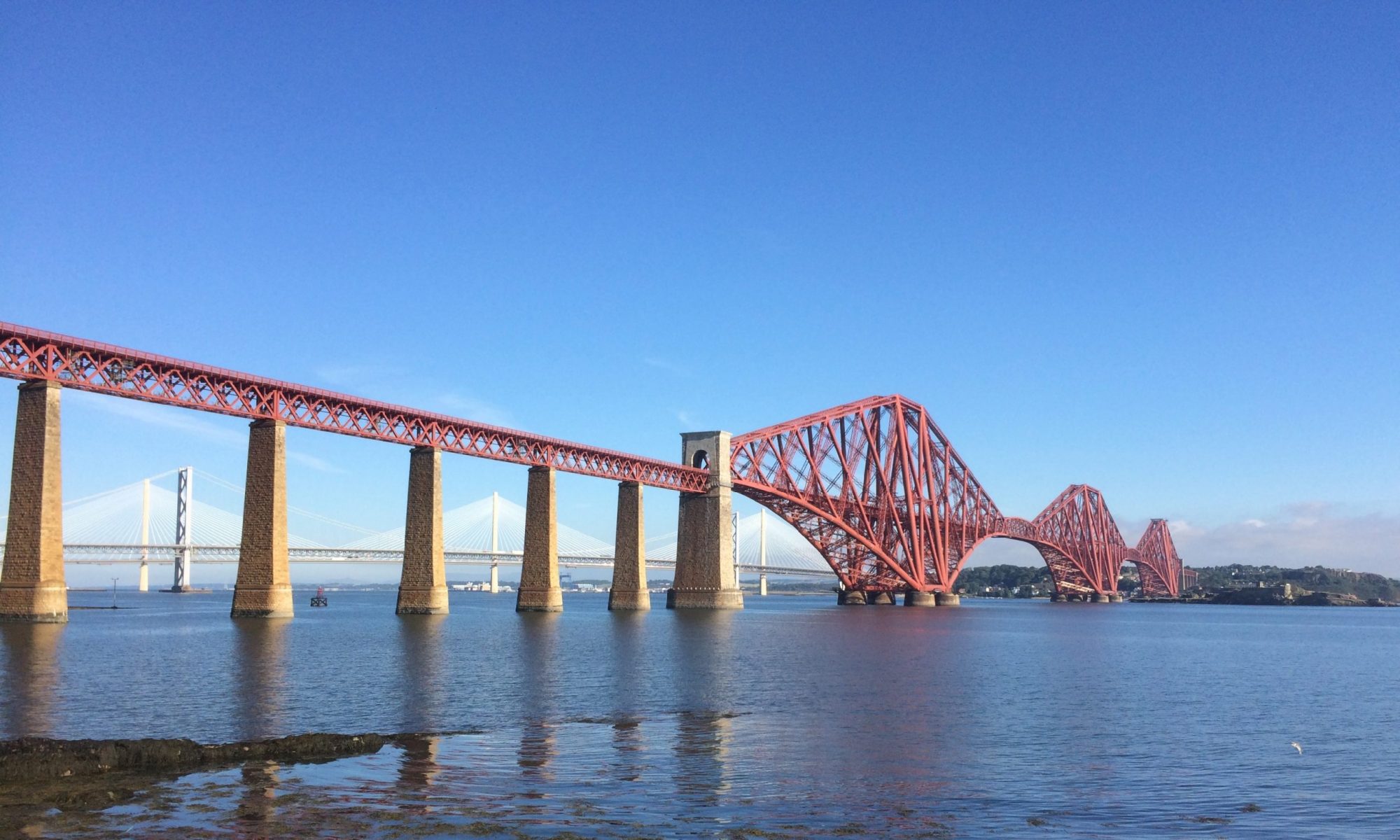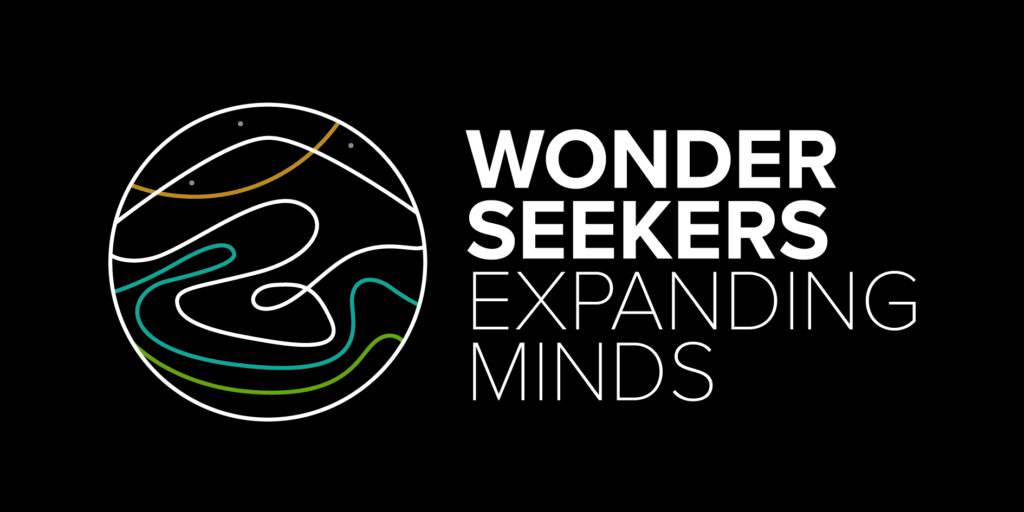
We all know that Scotland is breathtakingly beautiful and famous for castles, clans, golf and whisky but there is much, much more to this tiny nation.
Scottish people are unbelievably welcoming and always there to lend you a helping hand.
Besides all this the Scots are true innovators and inventors. In the past as much as for the future and naturally right now too.
Where do I start? The telephone, the “improved” steam engine, penicilin, coloured photography, the hypodermic syringe, the flushing toilet, the toaster, pneumatic tyres, fingerprinting, the vacuum flasks, geology….
More recently, the refridgerator*, the MRI scanner, ATMs, computer games such as Grand Theft Auto, disposable contact lenses and Dolly, the cloned sheep.
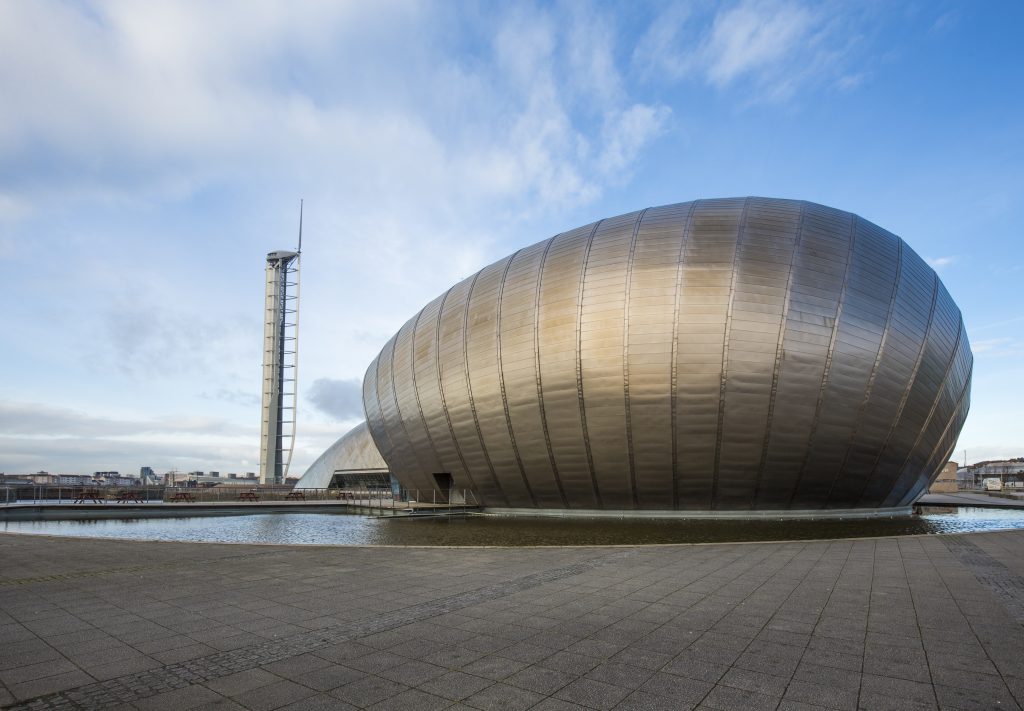
It has always fascinated me that such a small nation has produced so many inventions and is still on the forefront of it right now: Click here for an overview of Scottish inventions
Perhaps this is due to the long, long dark winter nights everybody suffers through only to enjoy never ending days during summer time?
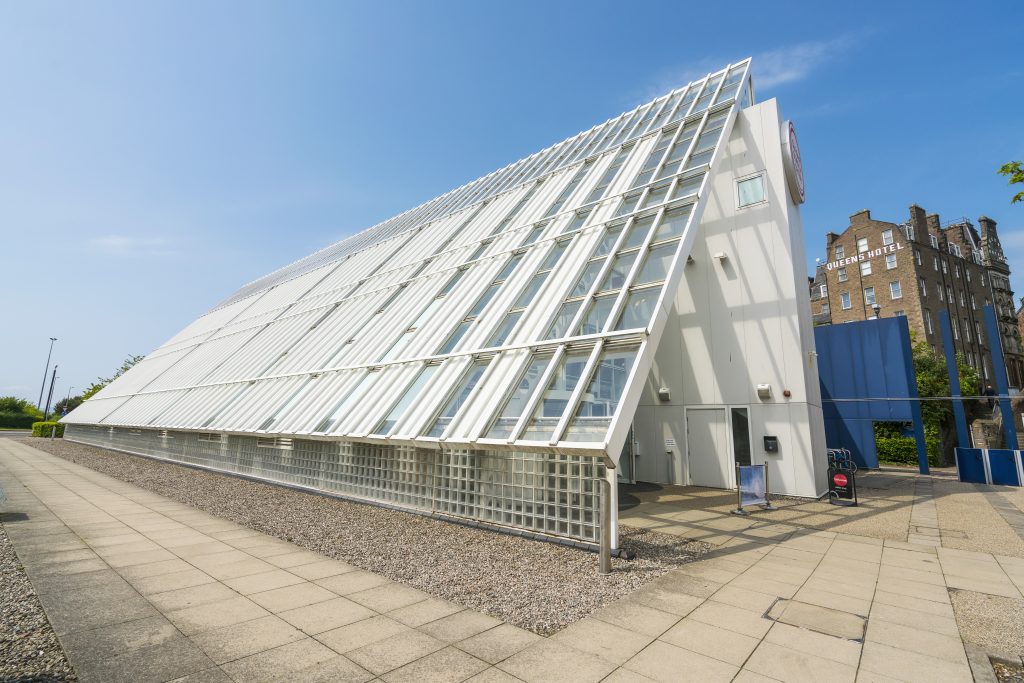
Most of the life stories of these many, many Scottish inventors are very much tangible. You still can visit places which have inspired them. Furthermore you can -hands on- evaluate some of their discoveries. If you take, for example, James Hutton, who basically invented geology. He was a product of the Edinburgh based enlightenment. You can follow his foot steps in Edinburgh and if you climb up Arthur’s seat you can still see the formations at “Hutton’s section”, which made him make assumptions about the age of the earth.
You can delve into more depth by visiting Dynamic Earth
Other famous Scots from the period of Scottish Enlightenment are Francis Hutcheson, David Hume, Adam Smith, Dugald Stewart, Thomas Reid, Robert Burns, Adam Ferguson, John Playfair, Joseph Black
This is me very roughly inviting you into James Hutton’s life and this is the other thing Scotland is ever so famous for: Storytelling
Wherever you go in Scotland you always stumble across some amazing history, inventions and stories.
You could spend half a life time following the Enlightenment in Edinburgh and all its key people
Edinburgh as the capital of Scotland was very vibrant during the enlightenment but by no means is this the only place of scientific discoveries.
Pitlochry is know for its theatre, amazing walks, two whisky distilleries and last but not least for its fish ladder which is part of its hydroelectric sheme which was completed in 1950. Famously a salmon ladder was installed to allow the fish to bypass the hydro electric scheme.
However, hydro electric in Scotland dates back to 1891 when the Fort August Abbey sheme was built. Later projects were driven by the aluminuim industry such as the 1907 construction at Kinlochleven
`The industrial revolution has had a massive influence on Scotland whether this was in Glasgow which developed into the world trade centre of tobacco (and slavery) or the building of the railway network.
The early railway network had a close relationship with hotels such as the Gleneagles Hotel .
Besides the well known and celebrated inventions, Scotland has quietly advanced towards a greener future by making use of renewal energy, which beside hydro electric is also readily available through wind and tidal energy.
By 2015 Scotland already produced 60% of her energy like this.
Currently the most exiting news is in tidal energy on Orkney of all places.
There has just an artcle been published “How can Scotland become a world leader in wave energy?”and more on Wave Energy Scoland
Many of Scotland’s lanscapes are unique and need our protection. We can, however, only protect what we know. Therefore suistainable travel to learn, research, educate and understand is a very sensible way to raise awareness.
Whether this is for the ancient Ariundle Oakwoods and perhaps to experience traditional crofting at nearby Darrach Croft or the amazing Biosphere of Galloway & South Ayrshire ,One of Scotland’s many vulcanos or a dinosaur footprint on the Isle of Skye.
Your options are unlimited. Even the choice of your overnight accommodation could turn into an educational venture if you opt for Glenuig Inn, which runs 100% on renewal energy.
What belongs to these landscapes also are – of course- the animals, some of which are unique to Scotland too, such as the Scottish wildcat but also maritime animals and birds. Chanonry Point; is one of the best places to spot dolphines for instance.
I could go on forever with Scottish inventions and science, but because this appears to be never ending I shall just introduce you to one more famous and contemporary Scot and she is a woman: Professor Sue Black . She was born in Inverness and during her studies of Biologiy her phobia of rats and mice made her turn to study the human bone. As a forensic anthropologist she was called by the Foreign Office and her role took her to Kosovo identifying victims laid to rest in mass graves. She was also involved in Thailand after the Tsunami, Sierra Leone & Iraq>
She worte a book, “All that Remains” about her experience. She was invited by the University of Dundee to run the anatomy department. During that time she realised that the mortuary was too outdated for modern embalming methods such as “Thiel technique”. Of the £2 Mio costs for a renovation she raised half with the help of many famous Scottish crimes authors, but this really is another story.
I leave you with a list of Scottish inventors below and invite to discover science in Scotland with me:
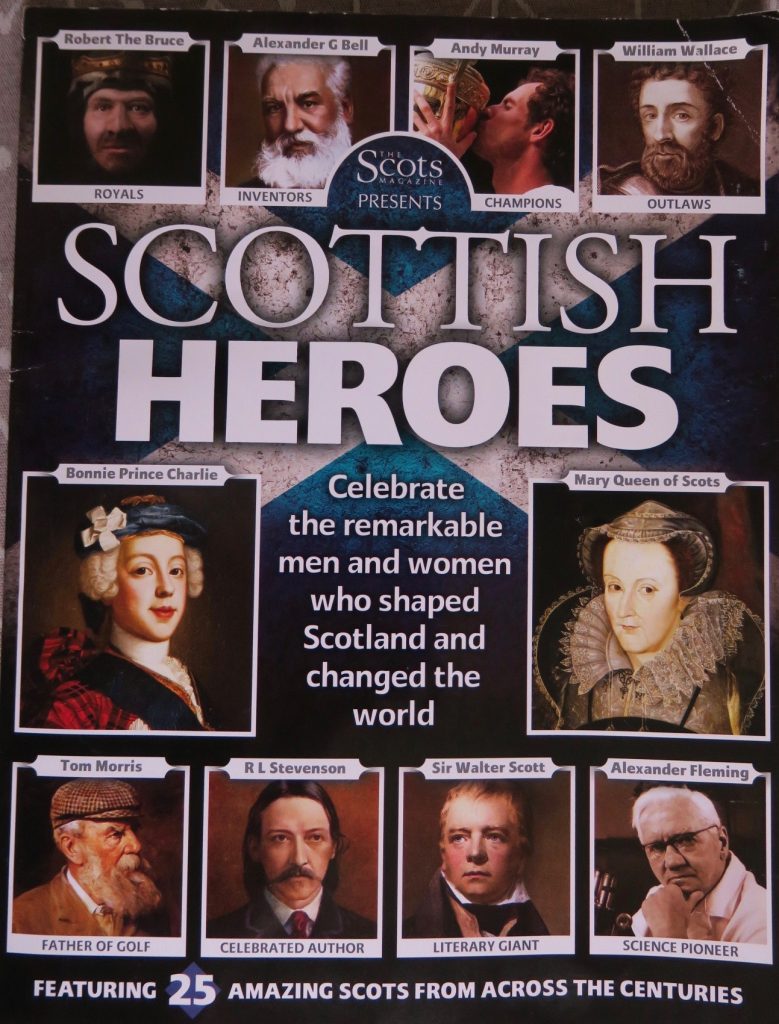
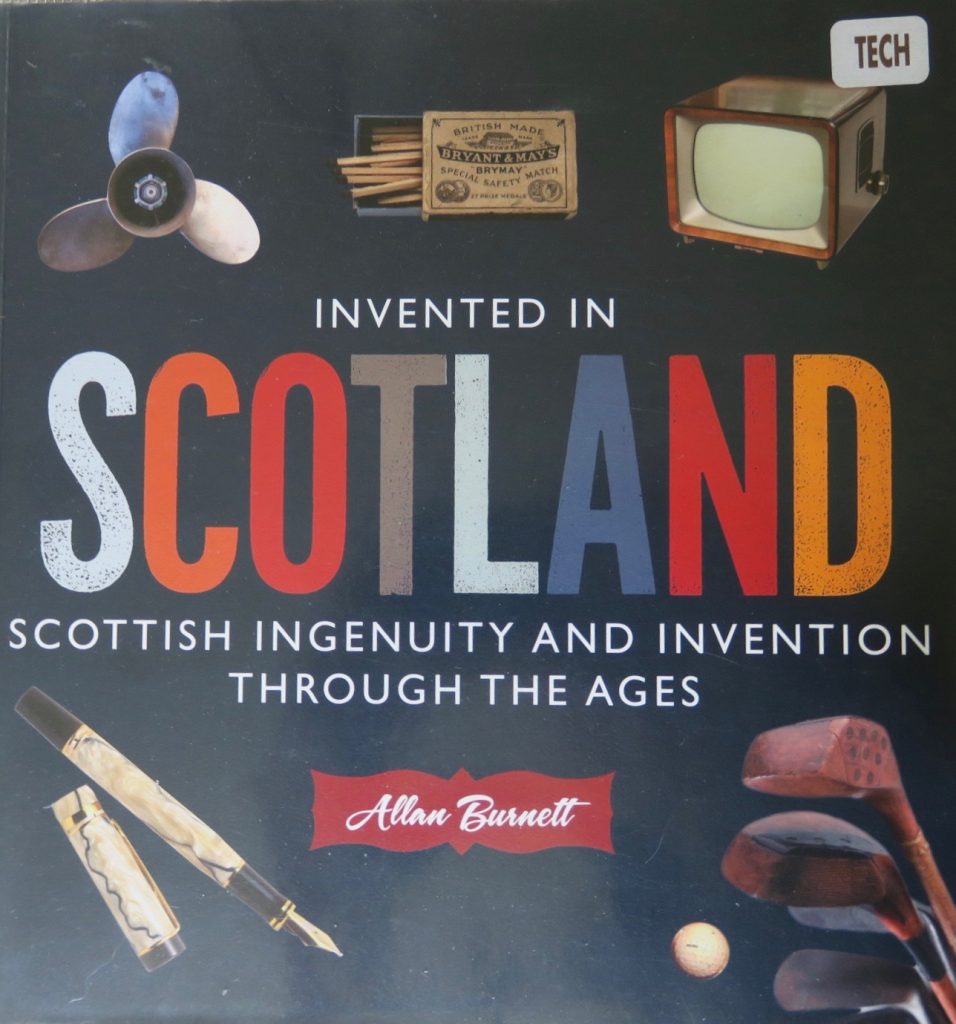
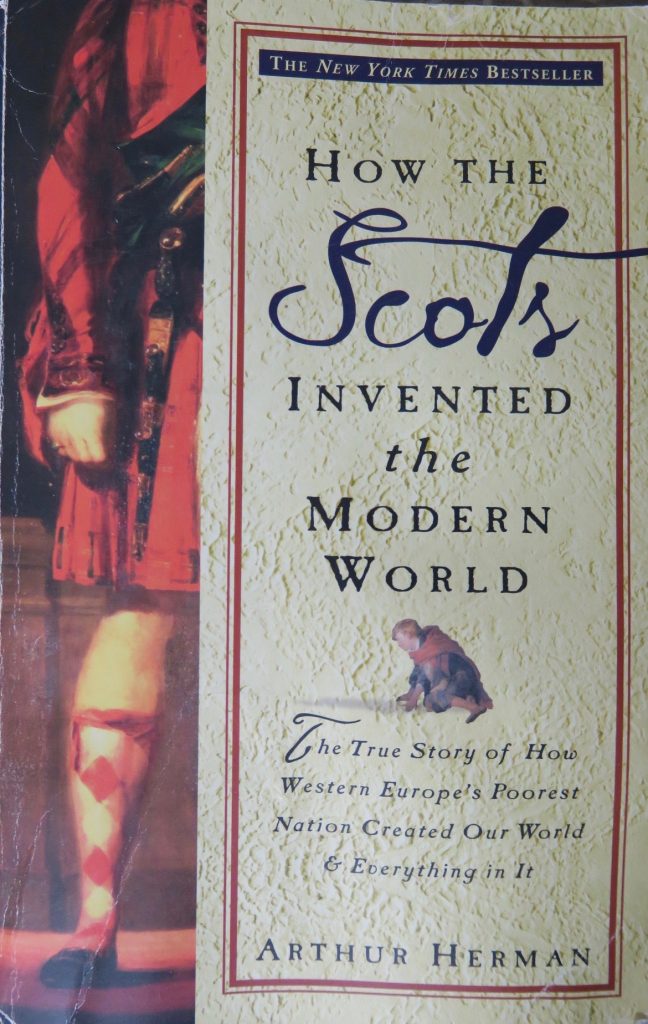
Below a list of Scottish scientists, taking from wikipedia: https://en.wikipedia.org/wiki/List_of_Scottish_scientists
| John Barclay | 1758–1826 | anatomist | donor of the Barclay Collection at Surgeons’ Hall, Edinburgh | |
| John Goodsir | 1814–1867 | anatomist | pioneer in the study of the cell | |
| John Struthers | 1823–1899 | anatomist | ||
| Charles Piazzi Smyth | 1819–1900 | astronomer | Astronomer Royal for Scotland | |
| Johann von Lamont | 1805–1879 | astronomer | Uranus and Saturn moon orbits calculated | |
| Patrick Wilson | 1743–1811 | astronomer | type-founder, mathematician and meteorologist | |
| Robert Blair | 1748–1828 | astronomer | inventor of the aplanatic lens | |
| Robert T. A. Innes | 1861–1933 | astronomer | Proxima Centauri discoverer | |
| Sir David Gill | 1843–1914 | astronomer | astrophotography pioneer | |
| Thomas Brisbane | 1773–1860 | astronomer | ||
| Thomas Henderson | 1798–1844 | astronomer | Alpha Centauri, first measured distance | |
| Williamina Fleming | 1857–1911 | astronomer | cataloguing of stars contributor, discoverer of the Horsehead Nebula | |
| James Bassantin | fl 16th century | astronomer and mathematician | author of Astronomique Discours, Lyons, 1557 | |
| Alexander Wilson | 1714–1786 | astronomer and meteorologist | also surgeon, type-founder, and mathematician; the first scientist to record the use of kites in meteorological investigations | |
| James Ferguson | 1710–1776 | astronomer, instrument maker | ||
| David Gregory | 1659–1708 | astronomer, mathematician | Savilian Professor of Astronomy | |
| James Gregory | 1638–1675 | astronomer, mathematician | Gregorian reflecting telescope, first described, Robert Hooke later built | |
| John James Rickard Macleod | 1876–1935 | biochemist, physiologist | Nobel Prize laureate, 1923 | |
| Patrick Geddes | 1854–1932 | biologist | urban theorist | |
| Robert Edmond Grant | 1793–1874 | biologist | Swiney lecturer in geology to the British Museum | |
| D’Arcy Wentworth Thompson | 1860–1948 | biologist and mathematician | author of On Growth and Form | |
| Alexander Dickson | 1836–1887 | botanist | morphological botanist | |
| Alexander Gibson | 1800–1867 | botanist | worked on forest conservation in India | |
| Francis Masson | 1741–180? | botanist | 1741– c. 1805 | |
| George Dickie | 1812–1882 | botanist | specialist in algae | |
| Henry Halcro Johnston | 1856–1939 | botanist | also army surgeon and rugby union international | |
| James Edward Tierney Aitchison | 1836–1898 | botanist | surgeon; collected plants in India and Afghanistan | |
| James Wallace | 1684–1724 | botanist | participated in the Darien Scheme, and obtained plants from that area | |
| John Hope | 1725–1786 | botanist | botanist who had genus Hopea named after him | |
| John Hutton Balfour | 1808–1884 | botanist | ||
| John Macadam | 1827–1865 | botanist | (Scottish-born Australian) | |
| M R Henderson | 1899–1982 | botanist | ||
| Philip Miller | 1691–1771 | botanist | ||
| Robert Brown | 1773–1858 | botanist | Brownian Motion discoverer | |
| Robert Fortune | 1813–1880 | botanist | ||
| Robert Graham | 1786–1845 | botanist | Regius Keeper of the Royal Botanic Garden Edinburgh | |
| Sir Isaac Bayley Balfour | 1853–1922 | botanist | Sherardian Professor of Botany | |
| Thomas Anderson | 1832–1870 | botanist | director of the Calcutta Botanic Garden | |
| Thomas Thomson | 1817–1878 | botanist | Superintendent of the Honourable East India Company‘s Botanic Garden at Calcutta | |
| William Aiton | 1731–1793 | botanist | ||
| William Lochead | c.1753–1815 | botanist | surgeon, curator of the St Vincent Botanical Garden | |
| William McNab | 1844–1889 | botanist | physician | |
| William Roxburgh | 1759–1815 | botanist | ||
| William Wright | 1735–1819 | botanist | botanist who had genera Wrightia and Wrightea named after him | |
| Anna MacGillivray Macleod | 1917–2004 | botanist, biochemist, | professor of brewing | |
| Archibald Menzies | 1754–1852 | botanist, explorer | ||
| John Fraser | 1750–1811 | botanist, plant collector | ||
| Alexander Crum Brown | 1838–1922 | chemist | organic chemistry | |
| Arthur Pillans Laurie | 1861–1949 | chemist | pioneered scientific analysis of paint | |
| Daniel Rutherford | 1749–1819 | chemist | nitrogen element discoverer | |
| James ‘Paraffin’ Young | 1811–1883 | chemist | ||
| James Napier | 1810–1884 | chemist | antiquarian | |
| Robert Angus Smith | 1817–1884 | chemist | environmental chemistry, acid rain, discoverer | |
| Sir William Ramsay | 1852–1916 | chemist | Nobel Prize in Chemistry, 1904 | |
| Thomas Graham | 1805–1869 | chemist | discovered dialysis | |
| Thomas Charles Hope | 1766–1844 | chemist and physician | discoverer of strontium | |
| John Scott Russell | 1808–1882 | civil engineer, naval architect | solitons | |
| John Logie Baird | 1888–1946 | engineer | television inventor | |
| William Fairbairn | 1789–1874 | engineer | structural | |
| Thomas Telford | 1757–1834 | engineer, architect | civil engineer, canal builder | |
| Robert Stirling | 1790–1878 | engineer, clergyman | inventor of the Stirling engine | |
| William John Macquorn Rankine | 1820–1872 | engineer, physicist | Rankine thermodynamic scale (absolute temperature), proposer | |
| Alexander Graham Bell | 1847–1922 | engineer, scientist | telephone inventor | |
| Alexander Murray | 1810–1884 | geologist | ||
| James Hall | 1761–1832 | geologist | ||
| James Hutton | 1726–1797 | geologist | scientific basis of geology established | |
| John Flett | 1869–1947 | geologist | Director of the Geological Survey of Great Britain | |
| Ninian Imrie of Denmuir | c.1750–1820 | geologist | Provided the first geological description of the Rock of Gibraltar | |
| Roderick Murchison | 1792–1871 | geologist | Silurian period first described, investigated | |
| Thomas Webster | 1773–1844 | geologist | geologist who had websterite, now normally called aluminite, named after him | |
| Thomas Wright | 1809–1884 | geologist | also physician | |
| William Maclure | 1760–1843 | geologist | ||
| Sir Charles Lyell, 1st Baronet | 1797–1875 | geologist, lawyer | geology pioneer, (British), foremost of his day | |
| Sheina Marshall FRSE, FRS, OBE | 1896–1977 | marine biologist | ||
| Charles Wyville Thomson | 1830–1882 | marine zoologist | chief scientist on the Challenger expedition | |
| Peter Guthrie Tait | 1831–1901 | mathematical physicist | proposer of the Tait conjectures in Knot theory | |
| Alexander Anderson | 158?–162? | mathematician | c. 1582– c. 1620 | |
| Andrew White Young | 1891–1968 | mathematician | researched temperature seiches in Loch Earn and presented on Mathieu function and Lagrange polynomials | |
| Colin Maclaurin | 1698–1746 | mathematician | Maclaurin series developer | |
| David Drysdale | 1877–1946 | mathematician | ||
| Duncan Farquharson Gregory | 1813–1844 | mathematician | also worked in chemistry and physics | |
| Eric Temple Bell | 1883–1960 | mathematician | science fiction writer | |
| James Ivory | 1765–1842 | mathematician | ||
| James Stirling | 1692–1770 | mathematician | ||
| John Craig | 1663–1731 | mathematician | Newton colleague | |
| John Napier | 1550–1617 | mathematician | logarithms | |
| Joseph Wedderburn | 1882–1948 | mathematician | ||
| Marion Cameron Gray | 1902–1979 | mathematician | discovered Gray graph | |
| Matthew Stewart | 1717–1785 | mathematician | ||
| Robert J. T. Bell | 1876–1963 | mathematician | Professor of Pure and Applied Mathematics at the University of Otago | |
| Sheila Scott Macintyre | 1910–1960 | mathematician | ||
| Thomas Barker | 1838–1907 | mathematician | professor of pure mathematics at Owens College | |
| William Arthur | 1894–1979 | mathematician | ||
| John Keill | 1671–1721 | mathematician and astronomer | disciple and defender of Isaac Newton, Savilian Professor of Astronomy | |
| Mary Somerville | 1780–1872 | mathematician, astronomer | ||
| James Watt | 1736–1819 | mathematician, engineer | steam engine improvements contributed key stage in the Industrial Revolution | |
| John Leslie | 1766–1832 | mathematician, physicist | heat research | |
| William Thomson, Lord Kelvin | 1824–1907 | mathematician, physicist, engineer | ||
| Alexander Buchan | 1829–1907 | meteorologist, oceanographer and botanist | established the weather map as the basis of weather forecasting | |
| John Aitken | 1839–1919 | meteorologist, physicist and marine engineer | inventor of the koniscope, (also known as the Aitken dust counter) | |
| Alexander Fleming | 1881–1955 | microbiologist | Nobel Prize in Physiology or Medicine, 1945 | |
| James Gregory | 1832–1899 | mineralogist | believed claims of diamond discoveries in South Africa were false | |
| William Gregory | 1803–1858 | mineralogist | ||
| George Johnston | 1800–1874 | naturalist | also physician and mayor of Berwick | |
| James Bell Pettigrew | 1834–1908 | naturalist | Croonian Lecturer; authority on animal locomotion | |
| John Richardson | 1787–1865 | naturalist | ||
| John Scouler | 1804–1871 | naturalist | Enicurus scouleri is named after Scouler | |
| William Jardine | 1800–1874 | naturalist | ||
| William MacGillivray | 1796–1852 | naturalist | ||
| John Boyd Orr, 1st Baron Boyd-Orr | 1880–1971 | nutritionist | Nobel Peace Prize winner | |
| Malcolm H. Chisholm, FRS FRSE | 1945-2015 | Organometallic chemist | Contributed to the synthesis and structural chemistry of transition metal complexes | |
| Alexander Wilson | 1766–1813 | ornithologist | ornithology pioneer pre-Audubon (American) | |
| Phillip Clancey | 1917–2001 | ornithologist | ornithology pioneer | |
| William Robert Ogilvie-Grant | 1863–1924 | ornithologist | ||
| Hugh Falconer | 1808–1865 | palaeontologist | ||
| David Bruce | 1855–1931 | pathologist, microbiologist | ||
| James W. Black | 1924–2010 | physician | Nobel Prize for Medicine, 1988 | |
| John George Macleod | 1915–2006 | physician | author of medical books | |
| Sir James Young Simpson | 1811–1870 | physician | anaesthetic chloroform discoverer, midwifery pioneer | |
| Thomas Addison | 1881–1949 | physician | nephrology pioneer | |
| David Cuthbertson | 1900–1989 | physician, biochemist, medical researcher, nutritionist | leading authority on metabolism | |
| William Cullen | 1710–1790 | physician, chemist | ||
| Anderson Gray McKendrick | 1876–1943 | physician, epidemiologist | pioneer of the use of mathematical methods in epidemiology | |
| Dr William Alexander Young | 1889–1928 | physician, yellow fever researcher | posthumously awarded the Médaille des Epidémies du ministère de la France d’outre-mer, 1929 | |
| Adam Anderson | 1783–1846 | physicist | contributor to Edinburgh Encyclopædia and Encyclopædia Britannica | |
| Charles Wilson | 1869–1959 | physicist | cloud chamber inventor | |
| James Dewar | 1842–1923 | physicist | low temperature, vacuum flask inventor | |
| John Kerr | 1824–1907 | physicist | electro-optics pioneer, discovery of Kerr effect | |
| Cargill Gilston Knott | 1856–1922 | physicist and mathematician | pioneer in seismology | |
| James Alfred Ewing | 1855–1935 | physicist, engineer | discoverer of hysteresis | |
| James David Forbes | 1809–1868 | physicist, geologist | ||
| John Gray McKendrick | 1841–1926 | physiologist | ||
| Muriel Robertson | 1883–1973 | protozoologist and bacteriologist | Made key discoveries of the life cycle of trypanosomes | |
| David Brewster | 1781–1868 | scientist | Royal Scottish Society of Arts founder | |
| James Clerk Maxwell | 1831–1879 | scientist | thermodynamics, electromagnetics theorist | |
| James Croll | 1821–1890 | scientist | astronomical theory of 19th-century climate change, leading proponent | |
| Joseph Black | 1728–1799 | scientist | carbon dioxide discoverer | |
| Professor George Forbes | 1849–1936 | scientist | electrical engineering, hydro-electric power generation | |
| Robert Watson-Watt | 1892–1973 | scientist | radar inventor | |
| Alan MacMasters | 1865–1927 | scientist, inventor, industrialist | inventor of the toaster | |
| Elaine Bullard | 1915–2011 | self-taught botanist | Official Recorder of Orkney for the Botanical Society of the British Isles for 46 years | |
| Robert Barclay | d.1973 | statistician | scholar of Orkney | |
| Udny Yule | 1871–1951 | statistician | Yule–Simon distribution | |
| Joseph Lister, 1st Baron Lister, OM, FRS | 1827–1912 | surgeon | Antiseptic surgery introduced, eponymous Listerine | |
| Andrew Smith | 1797–1872 | zoologist | ||
| Isabella Gordon | 1901–1978 | zoologist | carcinologist | |
| James Wilson | 1795–1856 | zoologist | contributor to Encyclopædia Britannica | |
| Malcolm Laurie | 1866–1932 | zoologist | specialist in arachnids, especially scorpions | |
| Norman Boyd Kinnear | 1882–1957 | zoologist | ||
| William Baird | 1803–1872 | zoologist | author of The Natural History of the British Entomostraca | |
| John Anderson | 1833–1900 | zoologist and anatomist | curator of the Indian Museum |
